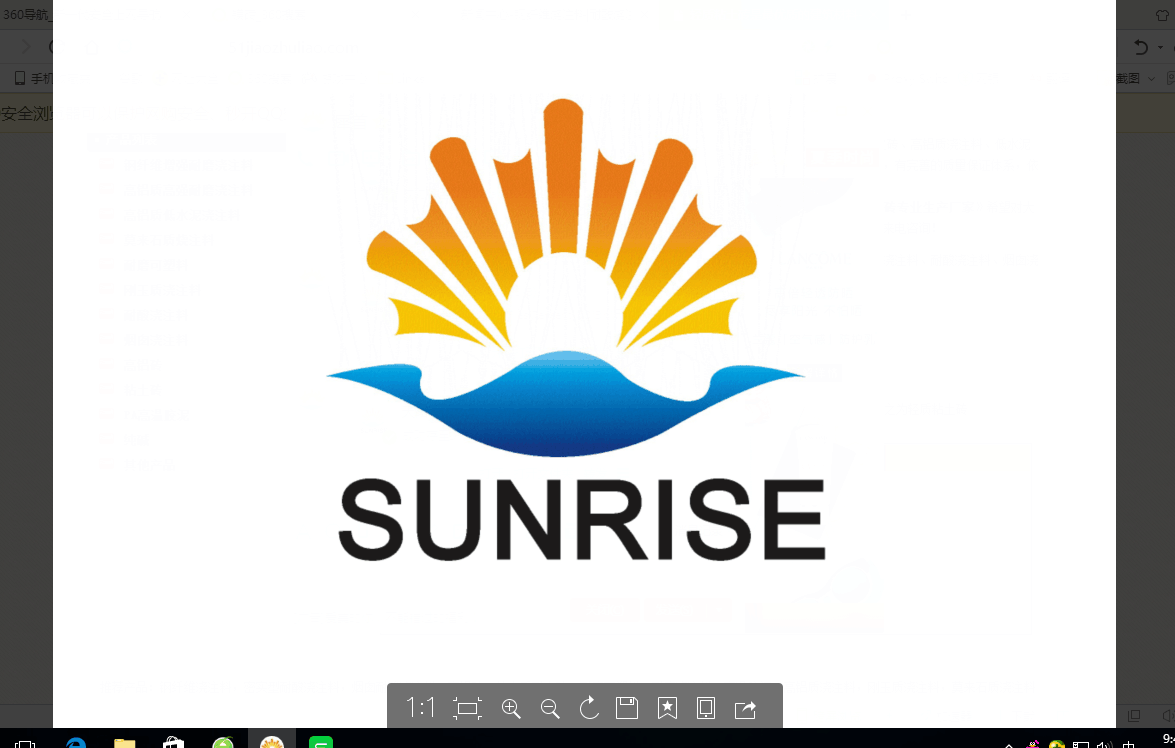Product
Fused Cast AZS Block
AZS Casting Type
AZS Ramming Materials
Fused Cast AZS TY-AZS41
Fused Cast AZS TY-AZS36
Fused Cast AZS TY-AZS33
Fused Cast Alumina Block
Fused cast Alumina Block TY-H
Fused cast Alumina Block TY-A
Fused cast Alumina Block TY-M
Fused Cast High Zirconia Block
Fused Cast Skid Rail Block
Silica brick
Magnesia Series Brick
Bonded Refractory Block
High alumina And Fire clay bricks
Insulation Series Brick
Ceramic Fiber Products
Contact Details
- 0086 371 63838939
- 0086 371 63835539
- sales@sunriserefr.com
- tkfanyi
- No.36 Fengchan Road, Zhengzhou City
Solutions
Research refractory erosion mechanism
- More related products
- Fused Cast AZS Block
- Fused Cast Alumina Block
- Fused Cast High Zirconia Block
- Fused Cast Skid Rail Block
So to fully grasp the characteristics of a certain kind of refractory material to be measured its various properties. This is a very complicated job. The use of classical analytical chemistry method to determine the chemical composition of refractory materials, only to measure the average composition. The chemical composition of each phase, only through x-ray microanalysis to figure out. For its crystalline phase composition, the use of polarized light microscopy or scanning electron microscope for phase analysis. Refractory physical properties usually include strength, specific gravity, bulk density, porosity, permeability, electrical insulation and other projects. Refractory thermal properties are mainly refractory, thermal expansion coefficient, load softening point, thermal conductivity, thermal shock resistance and so on. The physical significance of these methods of measuring the physical properties is beyond the scope of this book. These properties are cited here simply to illustrate the need to understand the full extent of a refractory castable and to have a thorough understanding of the nature of the material.
Refractory materials are used in different locations in the glass pool furnace and are therefore subject to different erosion conditions. Can be roughly divided into: glass and liquid contact refractory materials, the upper space with refractory materials and heat exchange chamber refractory three categories. Glass tank furnace refractory requirements are:
1. There is no pollution or minimal pollution to the glass.
2. In the use of temperature and glass liquid metamorphic reaction occurs minimal, and no deformation.
3. No adverse effects on other adjacent refractory materials.
4. Low air permeability and low heat loss.
5. Low price.
In fact, no refractory material can fully meet the above requirements. Therefore, according to different parts of the furnace furnace refractory specific working conditions, use different types of refractory materials. The choice of refractory materials should also take into account the balance of the entire pool stove. That is to say, after one cycle is used, the degree of refractory damage in each main part is similar. It must not blindly adopt advanced refractories and cause waste.
Glass pool furnace long life cycle, product quality requirements, so the choice of refractory is very important. As long as the mastery of the nature and characteristics of various refractories, clarify the work of various parts of the pool furnace, studied the mechanism of erosion of refractory material, you can correctly use the refractory glass pot furnace castables.


Read more
Need more information? Drop us a line
For more information on any of our products please get in touch using the form below. One of our sales team will respond to your enquiry as soon as possible.
Copyright © 2014 Zhengzhou Sunrise Refractory Co., Ltd. Site Index Product IndexSitemap









